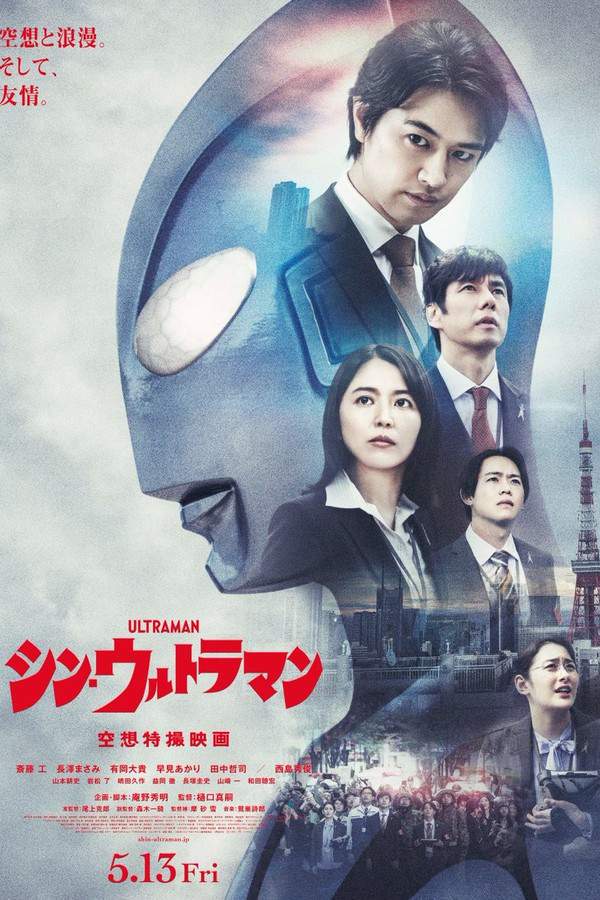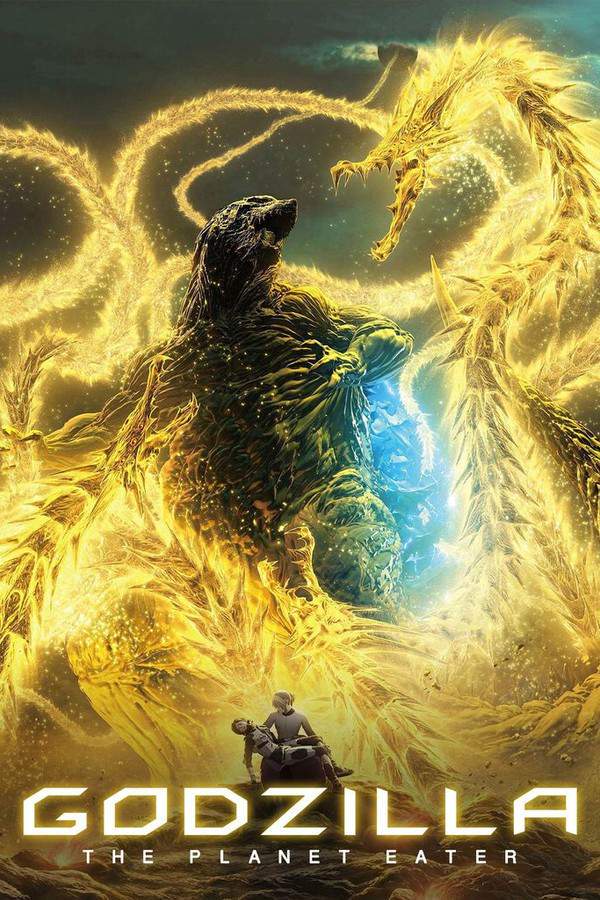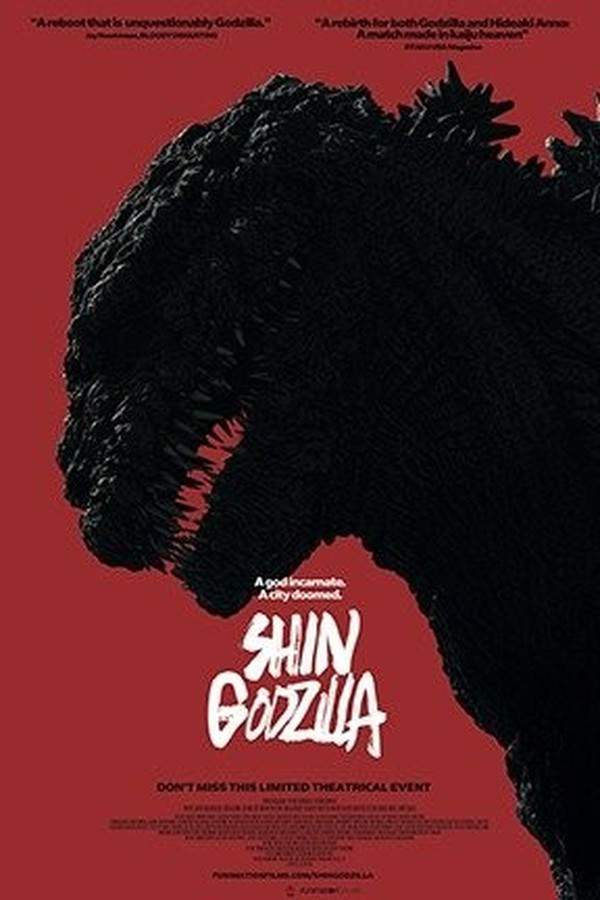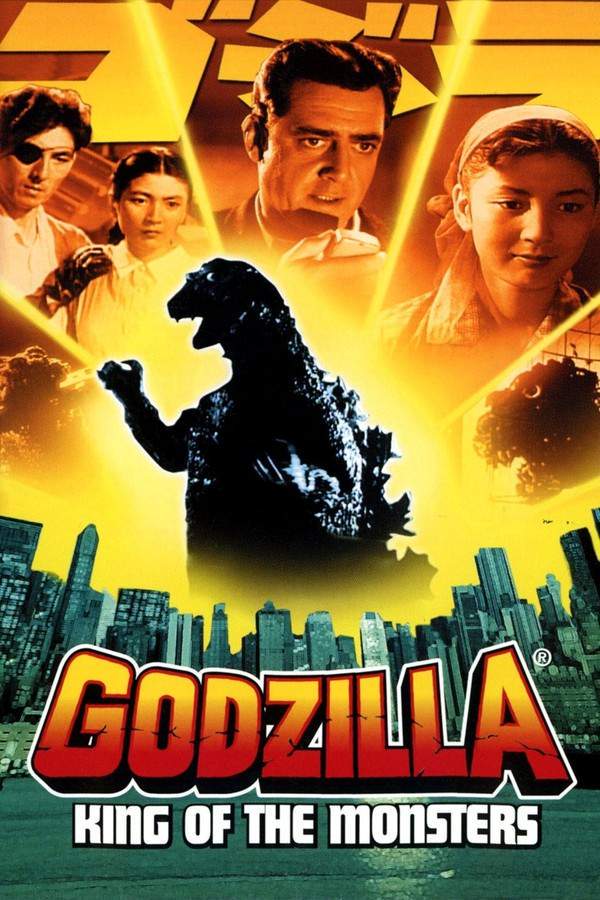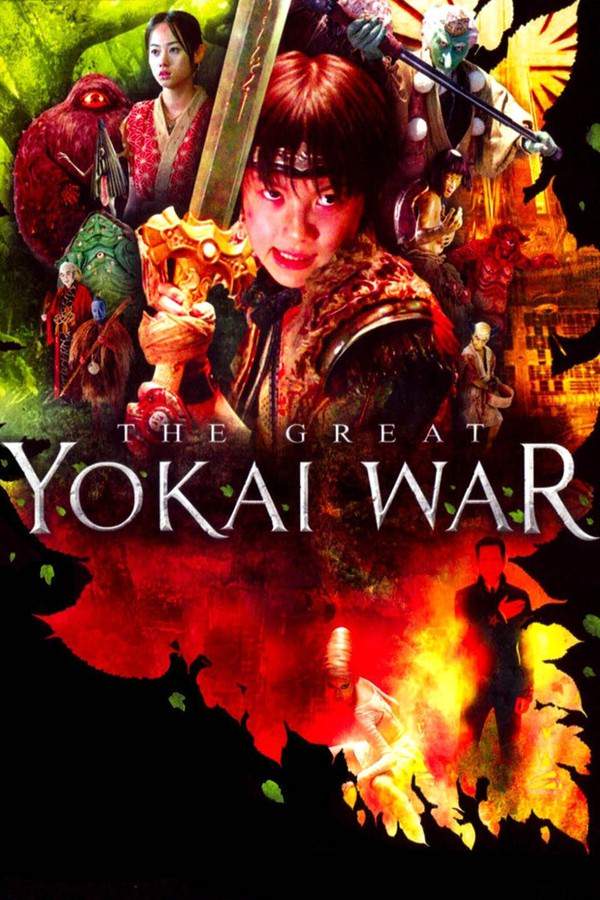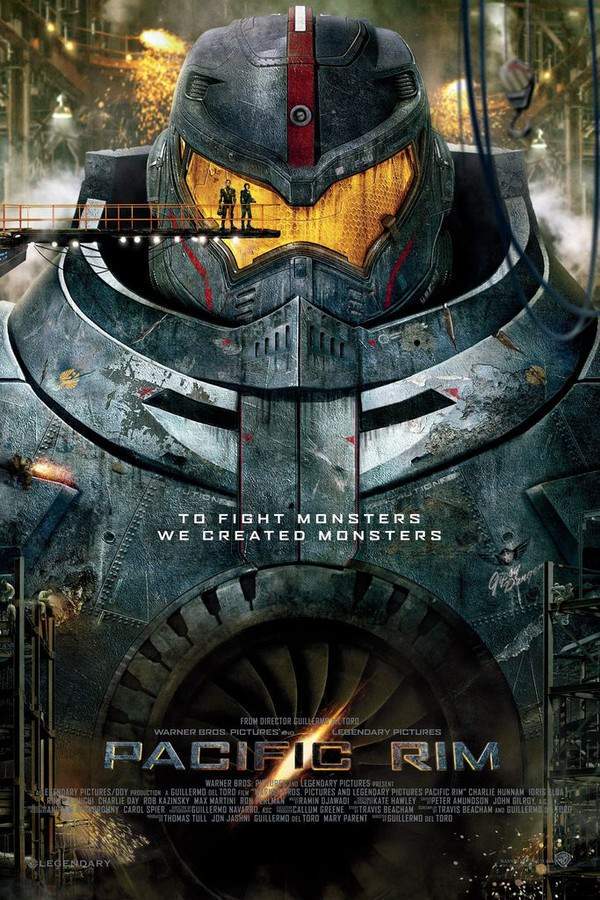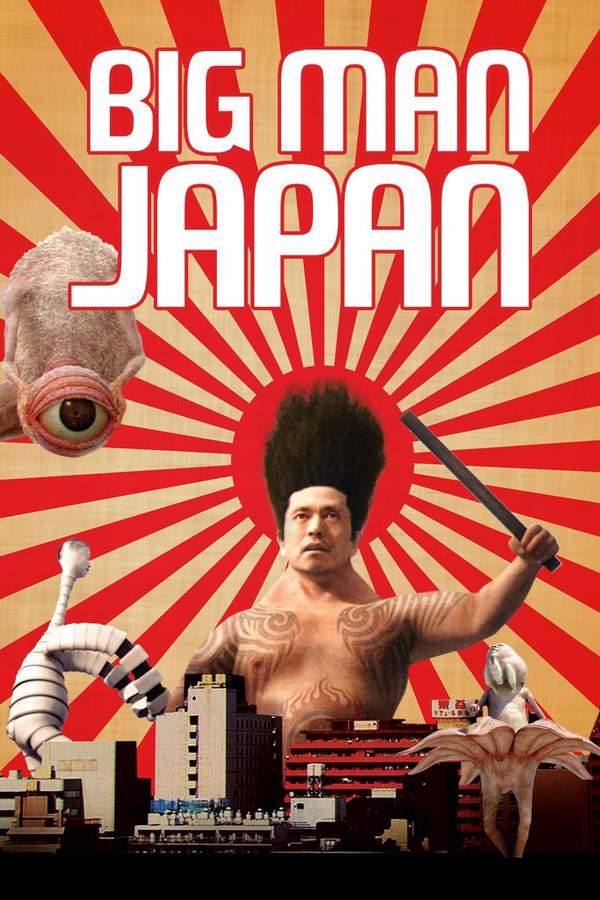
Big Man Japan 2009
Directed by

Hitoshi Matsumoto
Made by
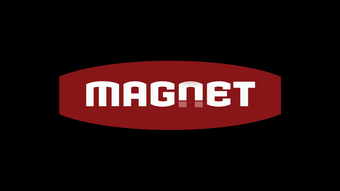
Magnet Releasing
Test your knowledge of Big Man Japan with our quiz!
Big Man Japan Plot Summary
Read the complete plot summary and ending explained for Big Man Japan (2009). From turning points to emotional moments, uncover what really happened and why it matters.
Who would have thought that being a modern Japanese superhero would come with such immense challenges? It’s an arduous task, but someone has to handle it. In a sense, having extraordinary abilities brings with it the weight of the “thousand cuts” of a postmodern Japan. Our protagonist, Big Man, played by Sato, is perpetually on call for the dilapidated Ministry of Monster Prevention, a minor division under the Defense Ministry. They arrange for him to undergo a physical transformation into a gigantic figure whenever the need arises, which has significantly impacted his mental stability.
Unfortunately, Sato feels he isn’t compensated fairly for his hazardous government job, leaving him feeling abandoned by the very people he protects. The disconnection from his wife and daughter has left him feeling isolated, and in a desperate attempt to supplement his income, he resorts to advertising spots on his own body during his confrontations with various monsters. His ongoing dissatisfaction with his life leads to frequent disputes with his talent agent, especially as the ratings for his televised monster fights begin to plummet.
Sato holds aspirations to become financially secure enough to provide proper care for his aging and senile grandfather, a former monster slayer who passed his unique abilities down to Sato and his father. The narrative unfolds through a biographical documentary project about Sato’s life, intended for Japanese television. Throughout his career, he manages to defeat a range of monsters, including a tossing monster, a one-legged leaping monster, and the evil-eye monster. However, a seemingly harmless monster baby meets an unfortunate end at his hands, which triggers a public outcry against his perceived cruelty. Each monster encounter becomes a separate episode for a reality show broadcast live.
In addition, Sato finds himself challenged by the stink monster, who not only eludes him but also engages with another monster during a live bout, leading to an upset of public decency standards. To amplify his troubles, Sato’s senile father escapes from the senior care hospice determined to indulge in a nostalgic “night on the town” in Tokyo, thereby disrupting the city’s smooth operation. This act generates negative press for Sato, painting him and his kind in an undesirable light and complicating his efforts to sell his TV show and body advertising opportunities.
The challenges reach a peak when he confronts a “foreign” gangster-type monster who overpowers him, leaving Sato with a broken nose and forcing him to flee the scene. His reputation is now at stake, creating a burden that compiles on top of personal problems. Just when things seem most dire, he encounters the Justice Family, who emerge like guardian angels to skillfully tackle the intimidating foreign red monster.
Big Man Japan Timeline
Follow the complete movie timeline of Big Man Japan (2009) with every major event in chronological order. Great for understanding complex plots and story progression.
Big Man's Transformation
The protagonist, Big Man, also known as Sato, undergoes a physical transformation into a giant whenever the Ministry of Monster Prevention requires it. This process not only alters his physical form but also takes a toll on his mental health, as he grapples with the intense pressures of his superhero duties.
Feeling Undervalued
Sato feels underappreciated and inadequately compensated for his dangerous role in defending his city from monsters. The lack of proper remuneration exacerbates his feelings of isolation and neglect, particularly as he risks his life to protect the very officials who disregard him.
Family Struggles
Sato's strained relationship with his wife and daughter deepens his sense of isolation. His longing to support his aging grandfather, who is suffering from senility, intensifies his feelings of inadequacy and despair regarding his personal life.
Body Advertising
In an effort to improve his financial situation, Sato resorts to selling advertising space on his own body during monster confrontations. This drastic measure highlights his desperate circumstances and further complicates his already tumultuous life as a superhero.
Televised Monster Fights
Sato frequently engages in battles against various monsters, which are broadcast live as episodes of a reality show. However, as the ratings begin to decline, tensions arise between him and his talent agent, impacting his professional reputation.
The Monster Encounters
Over the course of his career, Sato faces numerous monsters, including a tossing monster and a one-legged leaping monster, exhibiting his prowess in combat. Each encounter contributes to his growing fame, albeit accompanied by increasing public scrutiny.
The Incident with the Monster Baby
A defining moment occurs when Sato unintentionally harms a seemingly harmless monster baby. This incident sparks public outrage, leading many to question his morality and motivations as a protector of the city, ultimately impacting his livelihood.
Challenge from the Stink Monster
Sato's battle with the stink monster proves to be particularly troublesome, as it not only evades capture but also disrupts the fight by creating interactions with other monsters. This public spectacle challenges social norms and adds to Sato's growing list of problems.
Grandfather's Night Out
Sato's grandfather escapes from his care facility, eager to relive his youthful adventures in Tokyo. This escapade not only leads to chaos in the city but also casts a shadow over Sato's reputation as a responsible hero, leading to increased scrutiny from the media.
Confrontation with the Gangster Monster
In a climactic struggle, Sato faces a gangster-type monster who overwhelms him, resulting in a broken nose and heightened embarrassment. This defeat forces him to confront the reality of his weakened state and the negative impacts on his public image.
Escalating Reputation Crisis
As Sato grapples with personal and professional challenges, his reputation becomes increasingly fragile after his defeat and public incidents. The mounting pressures from all sides leave him feeling cornered and desperate as he strives to reclaim his status.
The Arrival of the Justice Family
Just when Sato is at his lowest, the Justice Family appears to save the day. This group steps in to confront the foreign red monster, showcasing their skills and providing Sato with the much-needed support he has been lacking.
Big Man Japan Characters
Explore all characters from Big Man Japan (2009). Get detailed profiles with their roles, arcs, and key relationships explained.
Sato
Sato is a modern superhero tasked with protecting society from various monsters, while grappling with feelings of inadequacy and isolation. His dual role as a provider for his family and a performer in a reality show adds depth to his character, as he navigates public perception and personal struggles.
Big Man Japan Settings
Learn where and when Big Man Japan (2009) takes place. Explore the film’s settings, era, and how they shape the narrative.
Time period
Postmodern Era
The postmodern era is characterized by a questioning of traditional norms and values, reflecting a complex and fragmented society. During this time, global influences and technological advances greatly impact daily life, creating unique challenges for individuals like Sato, who navigate both personal and societal expectations.
Location
Tokyo
Tokyo, the bustling capital of Japan, is known for its blend of traditional and modern living. It features towering skyscrapers, historic temples, and a vibrant pop culture scene. The city also serves as a backdrop for various stories, often showcasing the challenges of urban life.
Big Man Japan Themes
Discover the main themes in Big Man Japan (2009). Analyze the deeper meanings, emotional layers, and social commentary behind the film.
😓
Isolation
Sato experiences profound isolation as he grapples with the disconnect from his wife and daughter while carrying the heavy burden of being a hero. His struggles reflect a broader commentary on the emotional toll of modern life, where personal relationships often suffer in the pursuit of duty and success.
💔
Disillusionment
The movie explores the theme of disillusionment as Sato battles the perception of being a superhero against the reality of an unappreciative society. His efforts to advertise on his body for extra income highlight the lack of support and recognition faced by those who dedicate their lives to public service.
🐉
Heroism
Despite facing numerous monsters, Sato embodies the complexities of heroism in a postmodern context. He confronts physical challenges while also dealing with his own insecurities, ultimately raising questions about what it truly means to be a hero in contemporary society.

Coming soon on iOS and Android
The Plot Explained Mobile App
From blockbusters to hidden gems — dive into movie stories anytime, anywhere. Save your favorites, discover plots faster, and never miss a twist again.
Sign up to be the first to know when we launch. Your email stays private — always.
Big Man Japan Spoiler-Free Summary
Discover the spoiler-free summary of Big Man Japan (2009). Get a concise overview without any spoilers.
In a world where everyday bureaucracy collides with the surreal, an ordinary middle‑aged salaryman is thrust into an impossible role the moment a stray electrical surge turns him into a towering defender of the nation. Daisato awakens to find his modest life replaced by a government‑mandated duty to combat bizarre, otherworldly creatures that erupt from the shadows of modern Japan. The setting is a hyper‑real version of contemporary Tokyo—blinking neon, crowded subways, and a Ministry so niche it operates under the Ministry of Defense yet is barely more than a dusty back‑office. Here, the extraordinary is treated like another line item on a budget report, and the line between public spectacle and personal humiliation blurs with every televised encounter.
The tone wavers between dead‑pan satire and quiet melancholy, underscored by a visual style that mixes low‑budget practical effects with an almost documentary aesthetic. The nation watches, half‑cheering and half‑criticizing, as the giant hero becomes a living billboard, his massive silhouette a canvass for advertising that reflects both his desperation and the society’s appetite for novelty. Media crews follow his every step, turning each monster‑sighting into a reality‑show episode, while the public discourse oscillates between reverent praise and scathing blame, turning heroism into a commodity that can be bought, sold, and judged in real time.
Complicating matters further are the people who orbit Daisato’s reluctant heroism. An overzealous government agent keeps a tight leash on his assignments, while an eccentric, senile grandfather—a relic of a bygone era of monster‑slaying—offers cryptic counsel that feels both nostalgic and misaligned with the present. At home, his wife and daughter grapple with embarrassment and pride, their private frustrations echoing the larger cultural tension between tradition and the absurd demands of a post‑modern society. As the line between duty and personal identity erodes, Daisato must navigate a world that simultaneously elevates and marginalizes him, leaving audiences to wonder how far a single individual can stretch before the very fabric of his humanity begins to crack.
Can’t find your movie? Request a summary here.
Movies with Similar Twists and Themes
Uncover films that echo the narrative beats, emotional arcs, or dramatic twists of the one you're exploring. These recommendations are handpicked based on story depth, thematic resonance, and spoiler-worthy moments — perfect for fans who crave more of the same intrigue.
Featured on this page

What's After the Movie?
Not sure whether to stay after the credits? Find out!
Explore Our Movie Platform
New Movie Releases (2025)
Famous Movie Actors
Top Film Production Studios
Movie Plot Summaries & Endings
Major Movie Awards & Winners
Best Concert Films & Music Documentaries
Movie Collections and Curated Lists
© 2025 What's After the Movie. All rights reserved.


